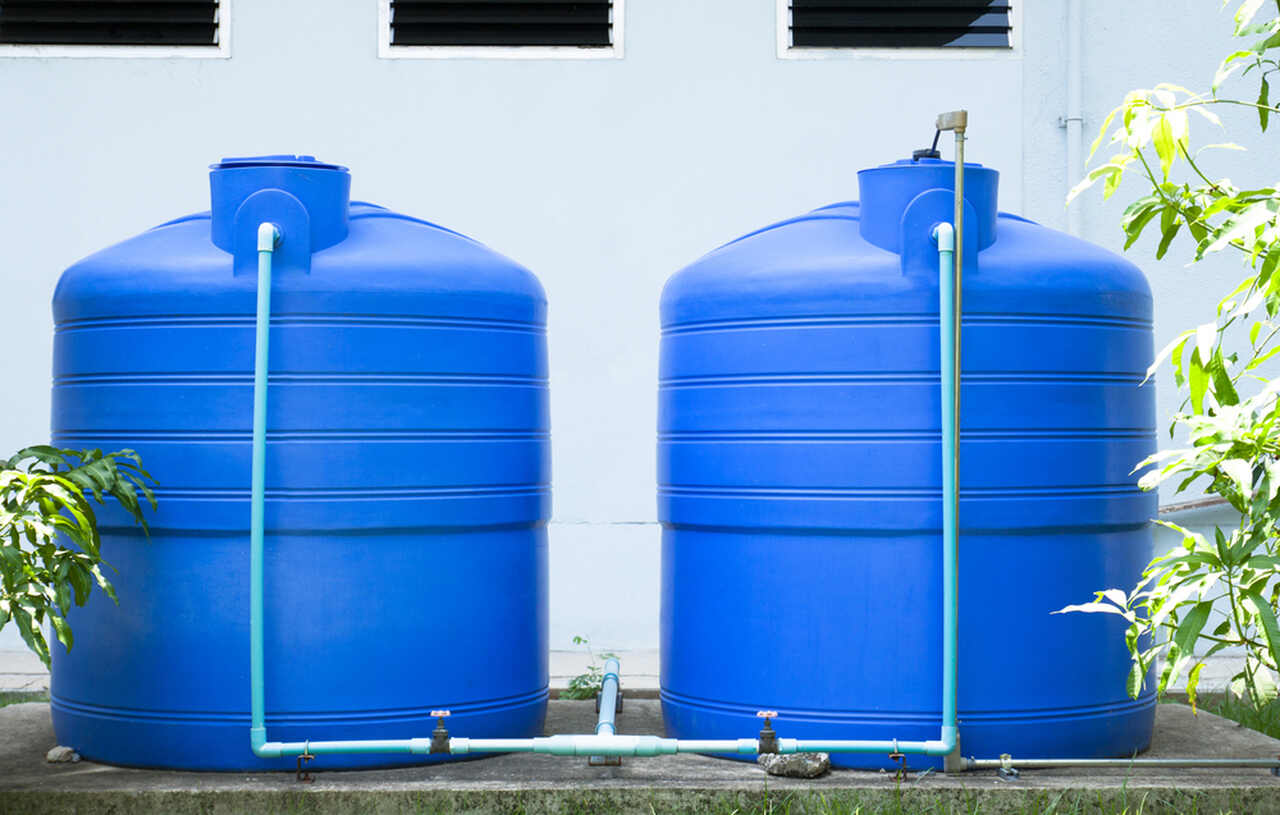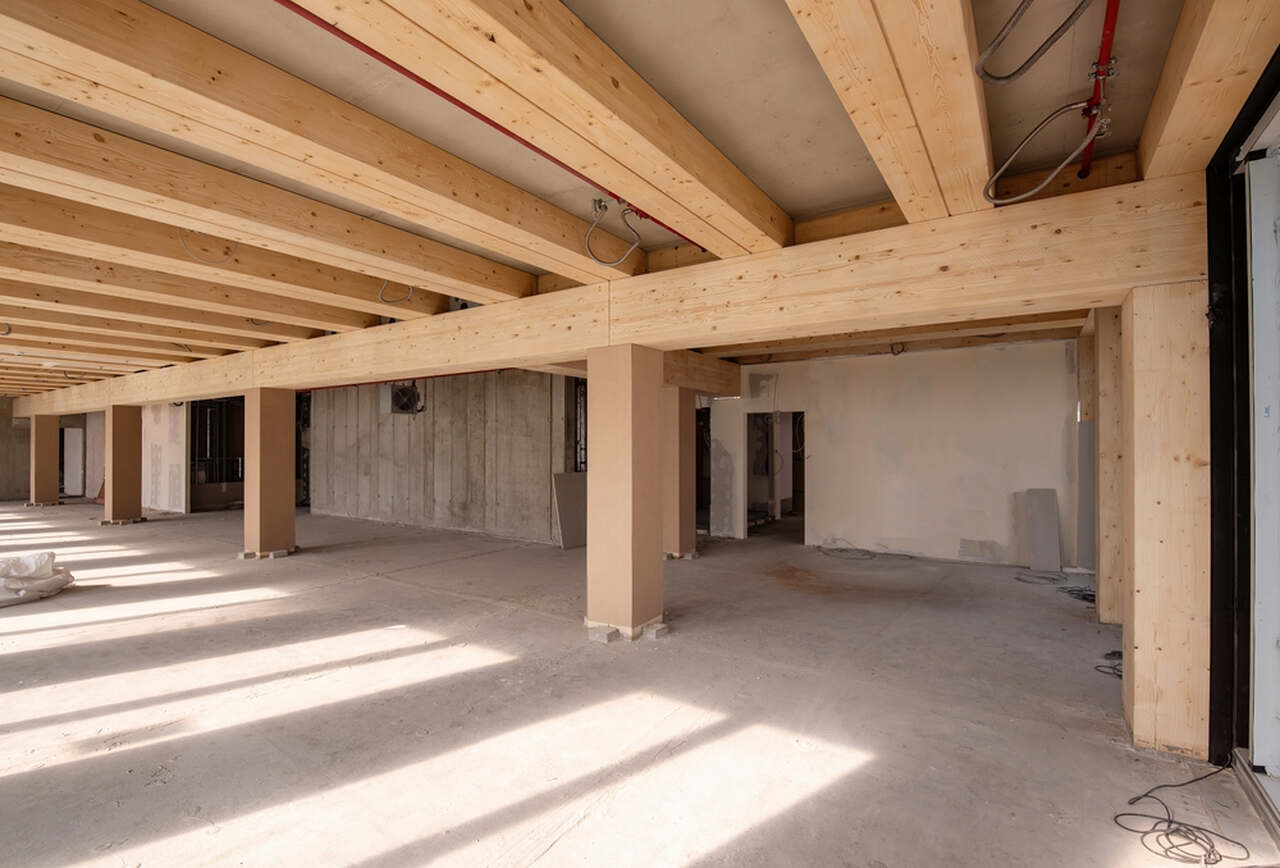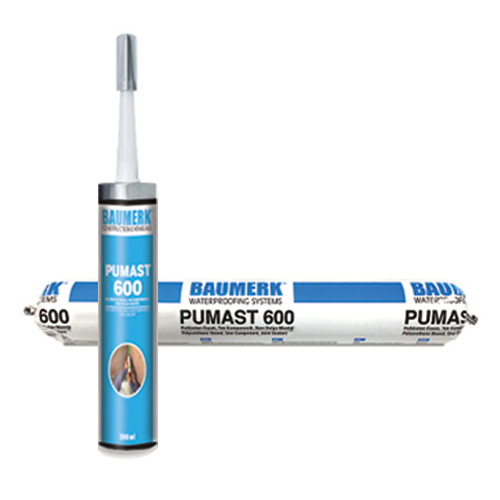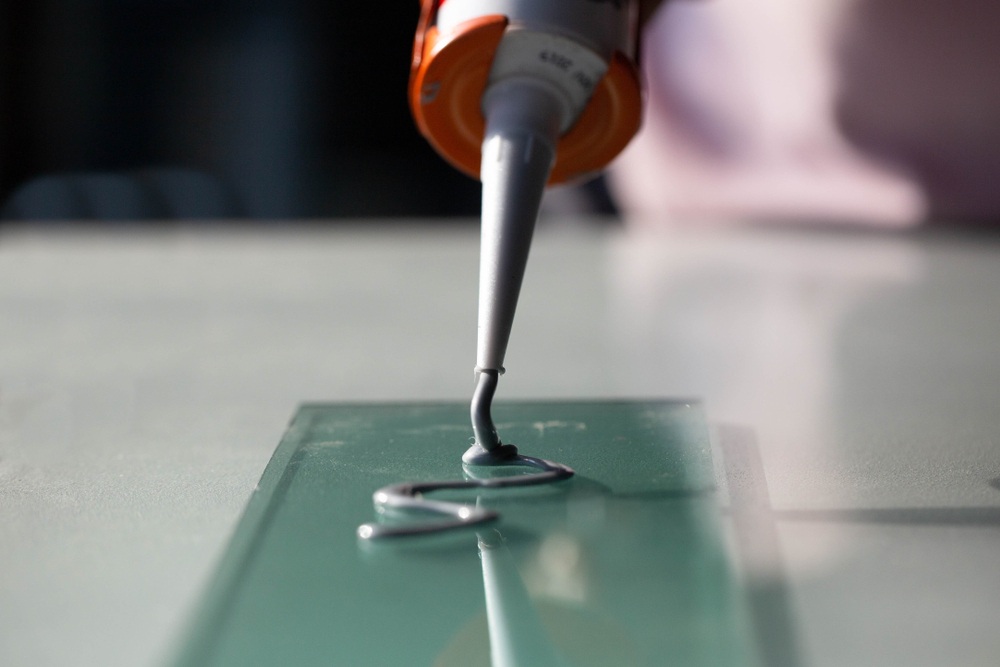
What is mastic and where is it used are important questions to be answered about the materials used in building architecture. Mastic, which is a kind of filling material, helps to ensure that the connections are strong and impermeable when different materials such as concrete, wood, metal, and glass are brought together.
As Baumerk, the construction chemicals specialist, we will answer the question of what is mastic that increases the strength of the structure in all details in the article we prepared for you.
What is Mastic?
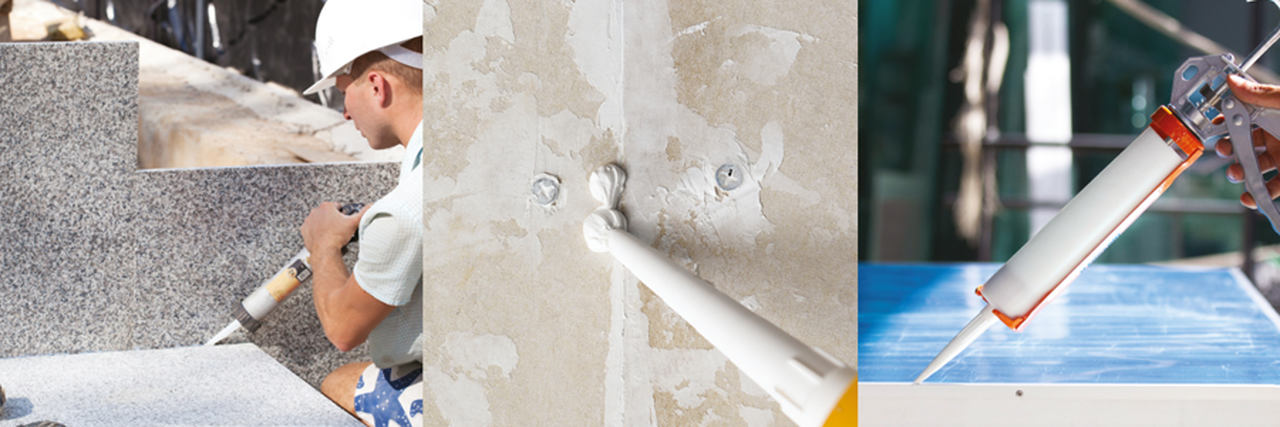
The question of what is mastic can be answered as a filler used to seal or fill the gaps between building materials to prevent the entry of liquids, air, and pests. Mastic is widely used in construction as an adhesive and sealant.
This material has the task of filling the irregularities that may occur between two surfaces by isolating the junctions of materials of the same or different nature. Mastics can also fill cracks in surfaces such as concrete, fiberglass, and other hard building materials. It can also be used outdoors as it is resistant to water, heat, and UV rays.
Mastic fillers are suitable for any material but are commonly used in concrete, aluminum, glass, wood, steel, and marble. It is typically available in thick liquid form or as pastes and is squeezed out with a caulking gun. Mastics can also be applied with a trowel or applied to the joint before assembly so that it naturally takes the shape of a cavity under pressure.
What are Mastic Types?
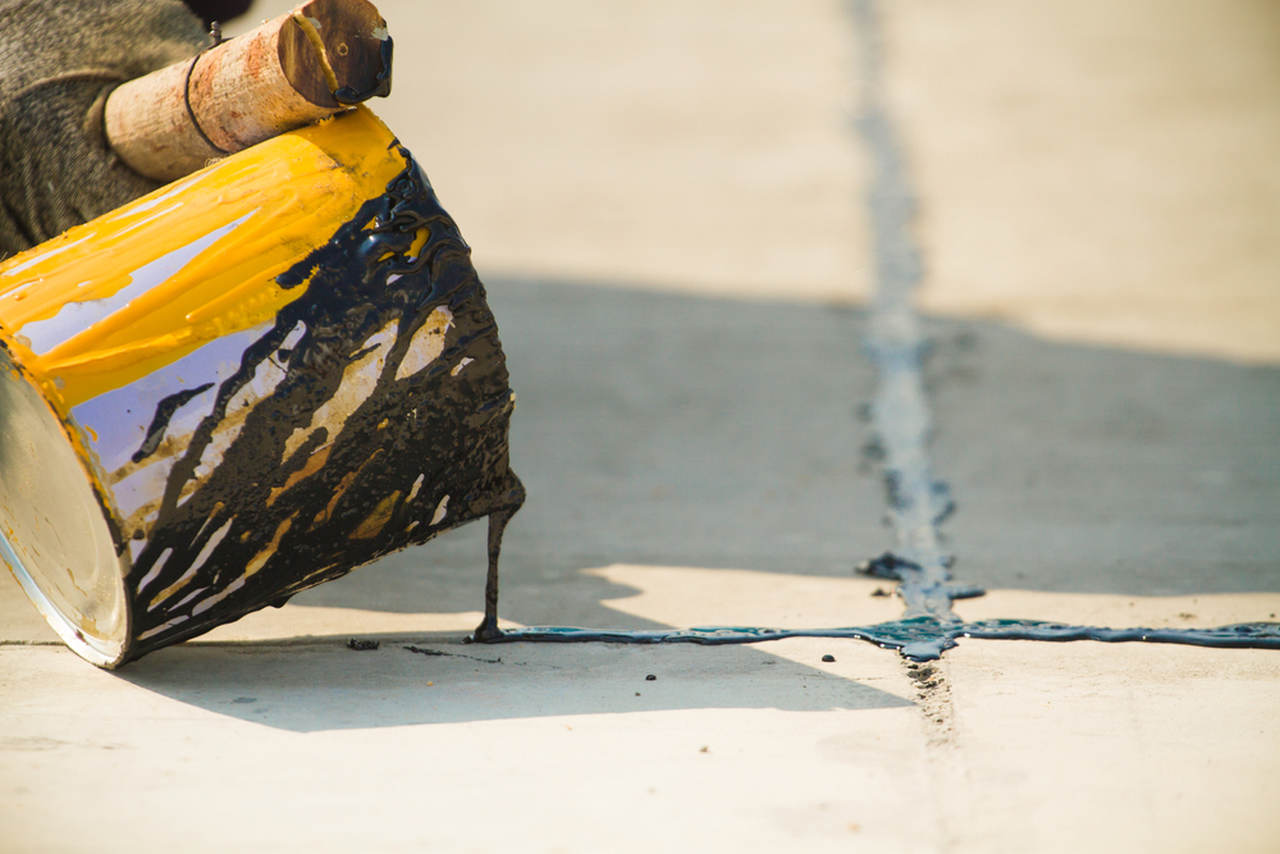
We answered the question of what is mastic, but what are the types of mastic? Civil engineers, architects or many people working in the building and construction industry are undoubtedly familiar with the answer to the question of what is mastics or the types of mastic. On the other hand, it is very important to answer this question for new entrants to the sector.
There are many types of mastic produced and used by different brands in the construction industry. In addition, each product has its pros and cons. For this reason, it is important to choose the most suitable mastic product for your needs in order to prevent the negative effects that may occur afterward.
1. Polyurethane Mastics

If you are looking for a solid one-component mastic that sticks to almost anything, polyurethane-based mastic may be the best option. This type of mastic provides durable connections between materials and gasket joints to prevent liquids and other substances from mixing with each other. They are also abrasion resistant and provide more flexibility than many other non-sealing sealants.
Polyurethane mastic is rarely paintable but is usually produced in colored hues such as grey, black or white to blend in with concrete and flooring. It can be used in potable water tanks. PUMAST 600, one of the Baumerk products, is a polyurethane-based, one-component joint filler mastic.
To learn more about waterproofing materials, another type of building material in which polyurethane is used, you can take a look at our content called Basic Informations About Polyurethane Based Waterproofing Materials.
2. Acrylic Mastics
Acrylic mastics are nature-friendly and can be painted. However, it should not be applied in areas that are often exposed to water. Its ability to provide color harmony is easily recognizable and weather-affected areas make it useful. However, acrylic mastics are not as flexible as others, so moving them can cause cracks over time.
3. Bitumen Mastic
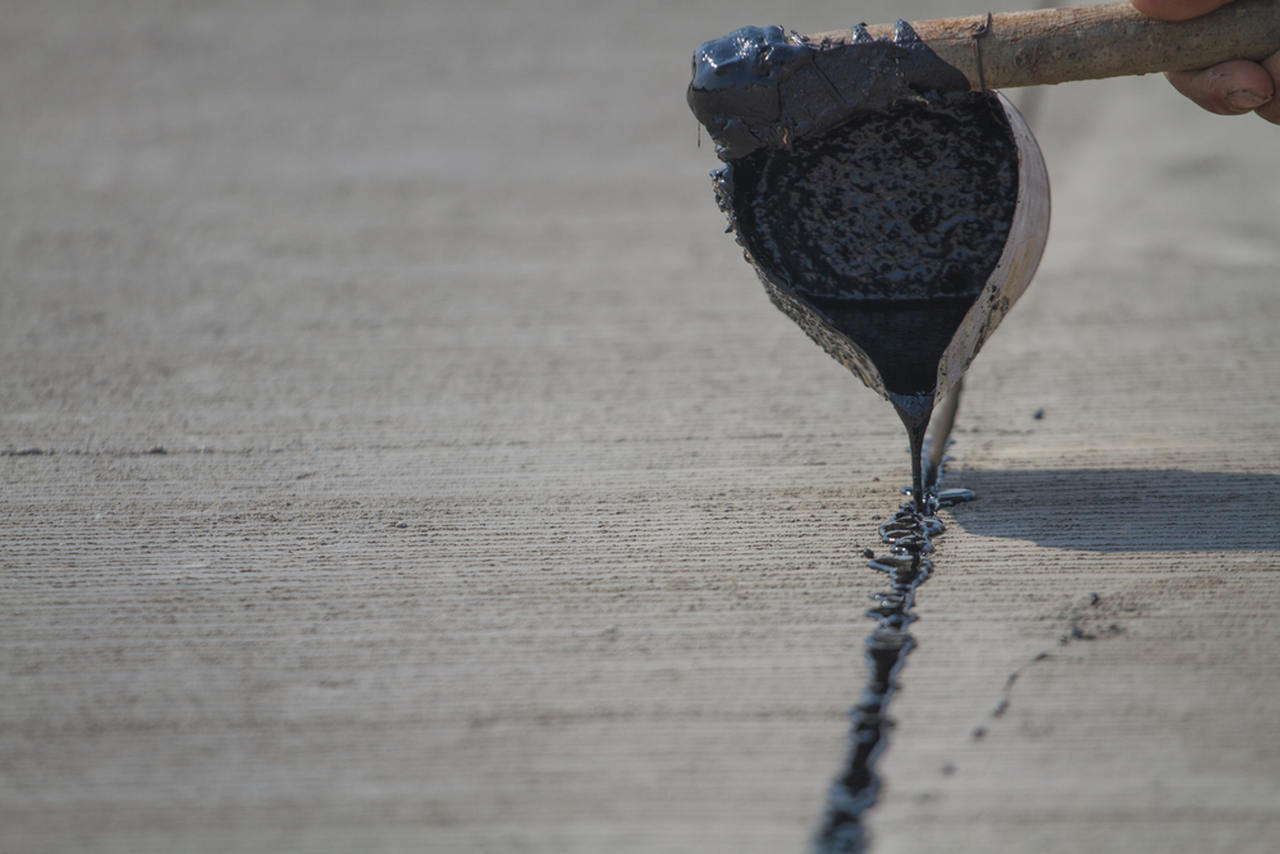
Bitumen mastic is a one-component and elastic filler containing bitumen-based solvents. It is used in trim works in construction, sealing, bonding and processes that require rapid modification. It can be applied to damp surfaces and painted.
Bitumen mastics are always ready to use as they can be applied cold. We recommend you to try Bituminous Waterproofing and Adhesion Mastic - BMAST DF 310.
What Are Bitumen And Bitumen Waterproofing? Click to find out.
4. Silicone Mastics
Silicone mastic is an ideal type of mastic. It maintains its elasticity for a long time and is highly resistant to water. They also tend to shrink less than most of the other sealants and can stick to almost any material. Conditions such as mold, rust or liquid and air blowing are not encountered in silicone mastics.
5. Polysulfide Mastics
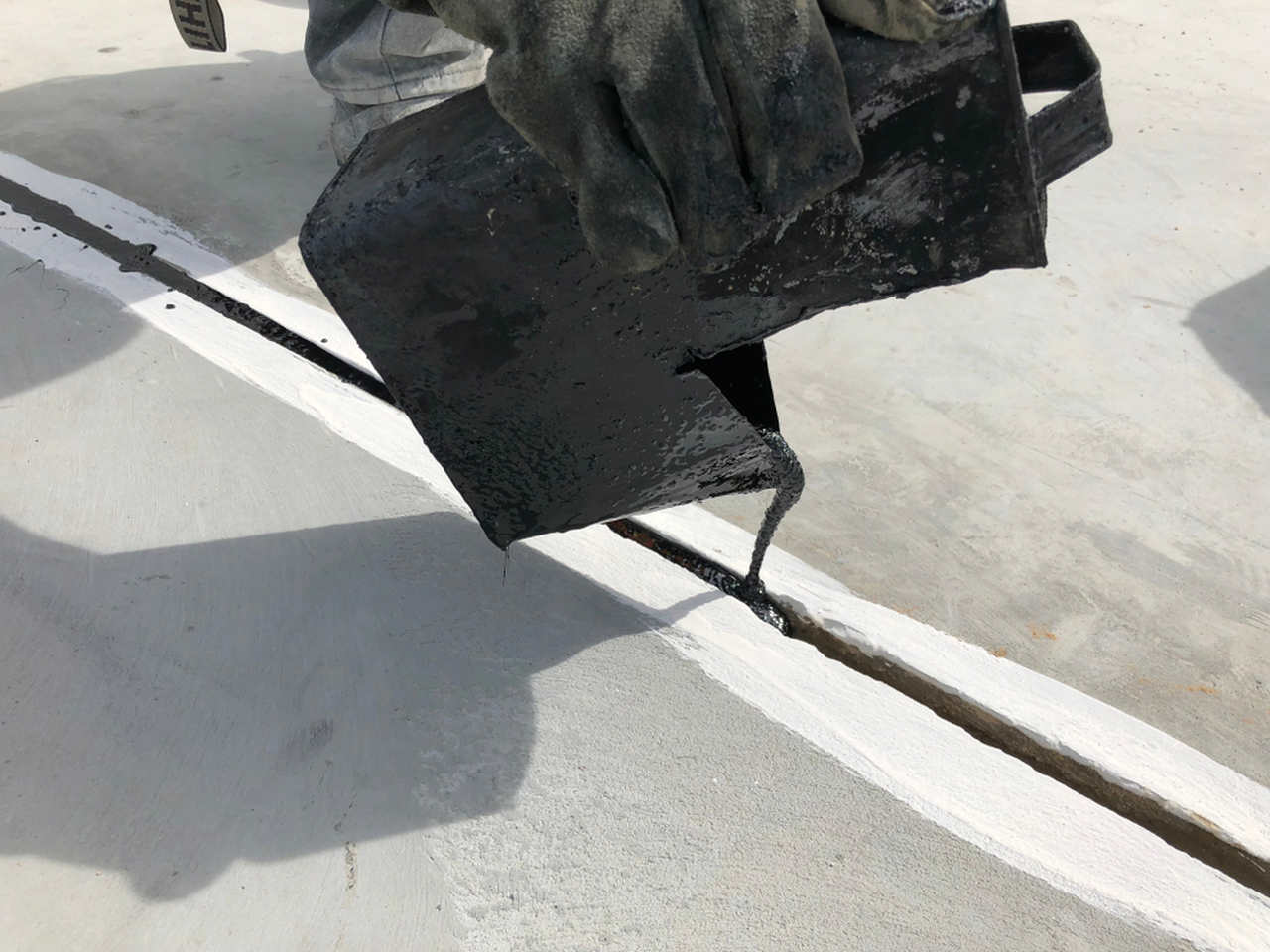
Polysulfide mastic contains more volatile organic compounds than other mastic types. Most polysulfide mastics do not carry paint well. However, they remain extremely flexible throughout their usage time and can even be applied underwater. In addition, it can be used in many areas due to its chemical resistance. This also makes them an excellent choice for active leaks that require immediate repair. Some polysulfide mastic fillers can last up to 20 years.
6. Hybrid Mastic
Hybrid mastics combine the best qualities of polyurethane and silicone. It is odorless and nature-friendly. It provides sticking of heavy building materials without the need for fixing. It can also be used underwater like polysulfide and has a high adhesion strength. Hybrid mastics can be painted.
Where is Mastic Used?
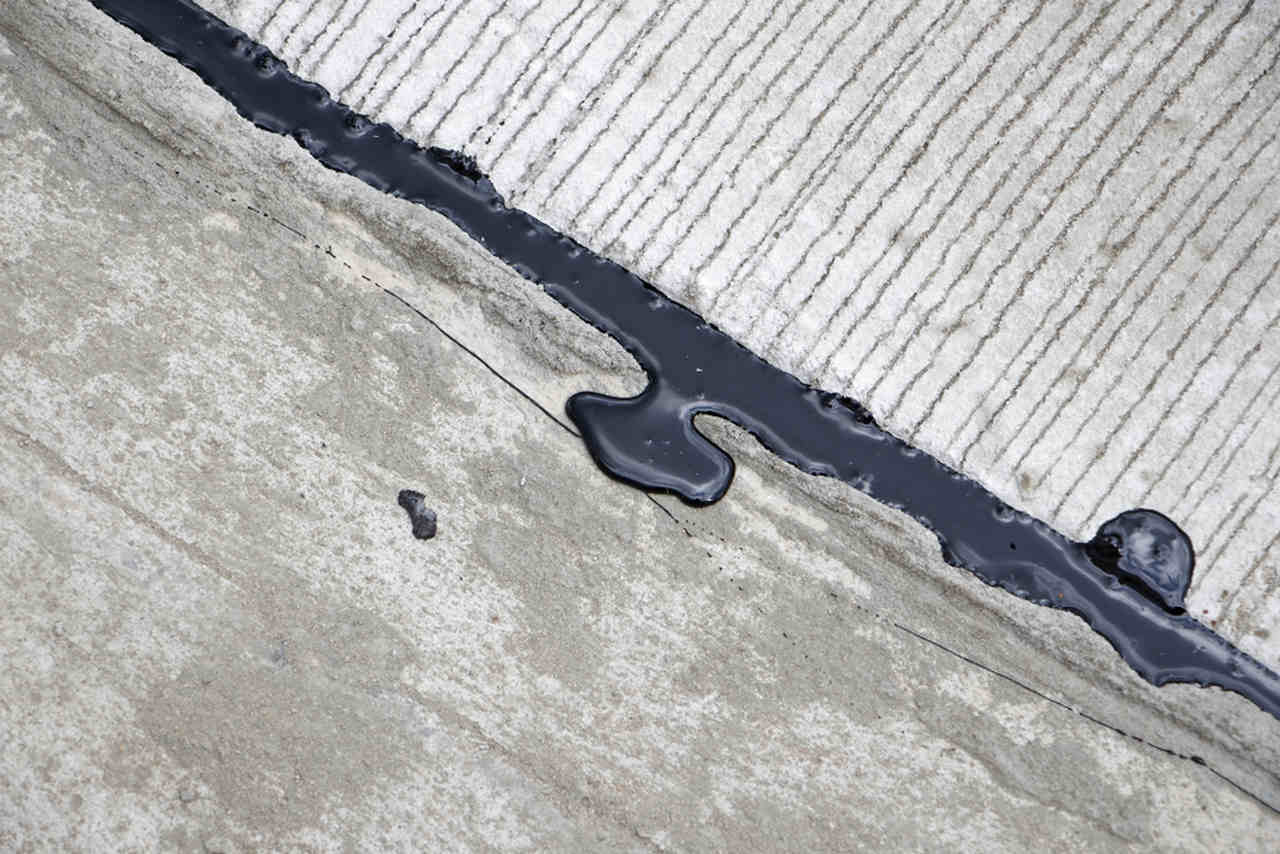
The usage areas of mastics are very wide. Mastic is mainly used as joint filler, dilatation, filling, and bonding of building elements such as metal and glass joinery, tiles, pvc. Other usage areas are as follows:
-
Due to its weather resistance, during window and door installation, mastic can fill around a rough opening to create an airtight layer that makes the home feel more comfortable and safe.
-
In concrete joints and dilatations,
-
Factory concrete joints, airport and port joints,
-
It can be used to provide connections between framing timber and concrete foundations.
-
Mastics are also used in cracks in concrete-based walls and pavements, and in gaps around sills inside the house.
-
The edges of the shower cabin, bathtub, and sink can be filled with mastic for sealing.
-
Mastic can be used wherever there are gaps in which water, air, or insects can pass.
-
Mastic can also be preferred for bonding plywood panels, ceiling, wall, and floor tiles.
In this article, we answered the question of what is mastic and gave information about mastic types. In addition, we have listed the ideal usage areas of mastic types.
Finally, let's add that Baumerk offers mastic and joint filler products that contain adhesives and fillers suitable for every surface. All Baumerk mastics have high sealing performance, elasticity, and high chemical resistance. You can find all these products that you will be satisfied with on our website.
Also, to learn about joint filler, you can read our article named Everything About Joint Filler!

